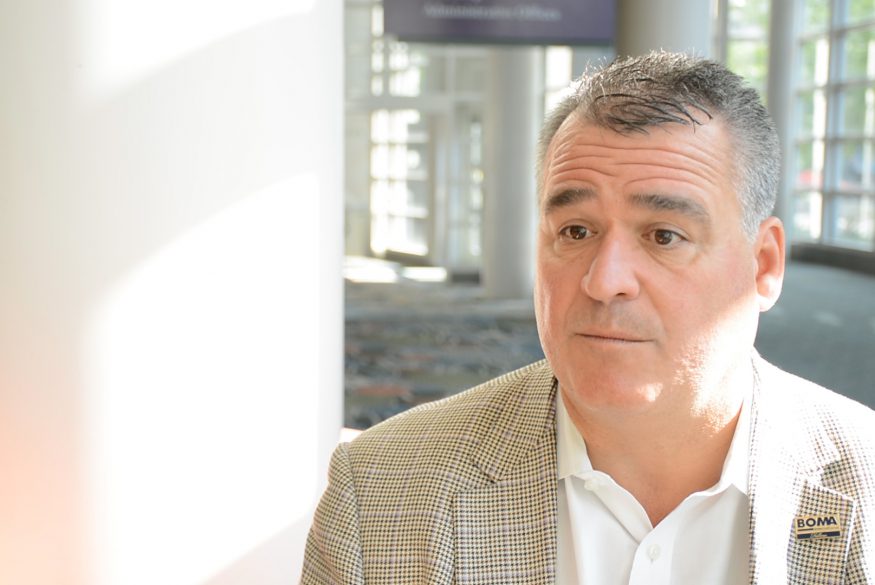Are You a LEED-er? What LEED Credentialing Means for O+M
Green jobs and environmentally conscious management practices are ever-growing in the commercial real estate and facilities management industry. LEED (Leadership in Energy and Environmental Design) credentialing is one of the ways the industry is trying to engage. The purpose of LEED is to provide educational opportunities and an accreditation system for properties and individuals that wish to become leaders in environmentally-conscious building. LEED certification comes in two forms: building and individual. Here is a breakdown on both and why it matters to you:
The Basics:
Building Credentials
To achieve a LEED certification on a property is an ongoing process. You register your project, apply, are reviewed by a representative from Green Business Certification Inc, and are given a certification level based on the standards you have met. While the steps are easy, achieving the standards takes dedication and knowledge.
The level of certification your building achieves is based on the number of points your building has at the end of the review. The points come from hitting certain standards such as access to transit, reducing light pollution, cooling tower water use or the amount of open space.
Individual Credentials:
LEED offers multiple certifications for different specialties including and overall associate certification. Specifically, for building and maintenance professionals is the LEED v4 AP O+M certification. Achieving the credential means taking an exam on LEED specifications on different topics such as alternative energy practices, space usage, water performance management and green cleaning. The credential does not stop after the test. Individuals must earn 15 continuing education hours in the first two years following their example. LEED wants green building to be a continuing process, not a one time lesson.
How can it add value?
Obtaining a LEED certification as a building engineer is about gaining wisdom pertaining to your building and its sustainability. Charlie Cichetti, the CEO and founder of Sustainable Investment Group, said that by obtaining the ”rare” LEED O+M, a building engineer can become more confident on the topic of sustainability
“They will be able to ask the right questions of vendors, know the LEED program in and out, and also think of other green building best practices that can apply to the property,” Cichetti said.
Going through the LEED process can help a team look at all their systems as a whole and decipher specific areas to target. Energy and water-saving are two pillars of the LEED certification. Engineers that help with this process add value to themselves and help the bottom line.
Earning the certification is being a part of an industry movement to greener buildings and more sustainable building practices. Cichetti said many cities are already passing energy mandates and that earning the certification can help prepare your building for any mandates that are passed.
Earning the LEED as a building engineer gives you an advantage and your buildings a competitive edge. If a building engineer desires to work for a company with priorities in sustainability, this could be the first step to become an even more valuable member of the team.









